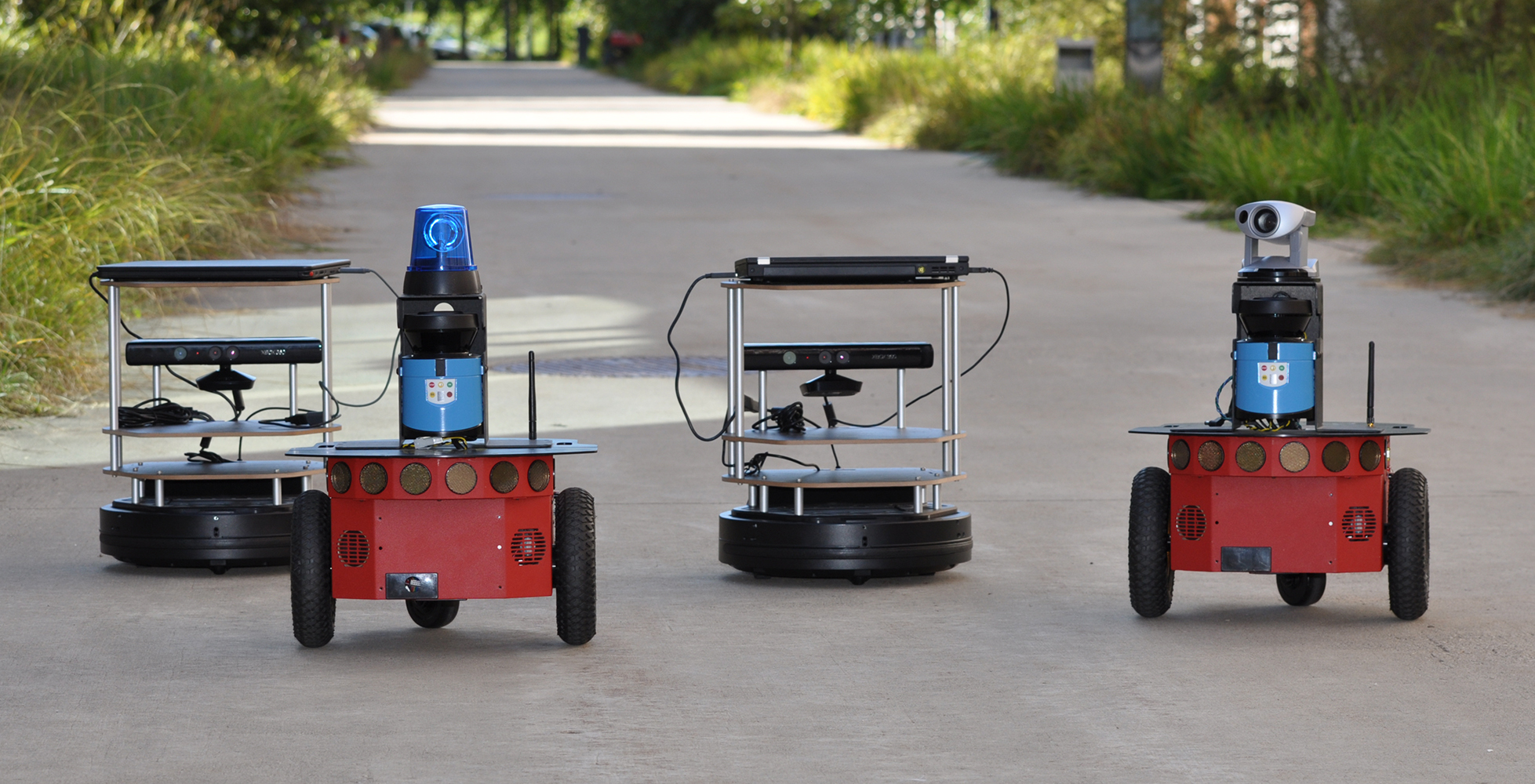Small drones become increasingly popular for civil applications, including production of movies and delivery of important goods. The wireless communications and networking of drones is an essential building block in such systems. Lakeside Labs researchers have been working in this domain for several years; now they wrote a comprehensive survey article on the characteristics and requirements of drone networks. Evsen Yanmaz, senior researcher and project manager, states: “Our survey quantifies…
Category: Publications
Achieving consensus in networks with disturbances
The problem of finding a consensus in a group of people occurs in many social contexts. In a similar way, distributed algorithms for consensus play an important role in networked computing and communication systems if centralized decision making is difficult or impossible. Each entity in such a system processes only local information obtained from its neighbors and ideally performs only simple computations. Despite this simplicity, the process of consensus building…
Collaborative mapping with mobile robot teams
New packages for the Robot Operating System (ROS) are available for autonomous exploration of unknown environments using collaborating mobile robots equipped with cameras. The software offers wireless ad hoc communications between robots, merging of maps from different robots, and coordinated selection of exploration frontiers. A prototype with up to four robots was built that demonstrates its functionality in an indoor environment. There is a broad spectrum of applications for mobile…
Job selection in UAV-based delivery services
Aerial delivery services using small unmanned aerial vehicles (UAVs) have been proposed by major online retailers, logistics companies, and startups. An interdisciplinary project team at the University of Klagenfurt aims at contributing to the architectural setup and distributed control of such future systems. Small UAVs have found their way to civil applications. A broad variety of UAV models has been developed and commercialized in the past few years and is…
Pulse-coupled oscillator synchronization on FPGA radios
The mathematical modeling of pulse-coupled biological oscillators offers a fully decentralized and scalable approach for time synchronization. There is a broad spectrum of work on pulse-coupled oscillators in physics, biology, neuroscience, and other disciplines. The communications engineering community has been interested to transfer these results to the synchronization of nodes in wireless networks. A one-to-one transfer is infeasible due to the differences between wireless and biological communications. Several extensions and…




